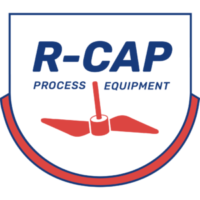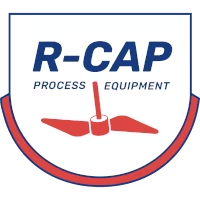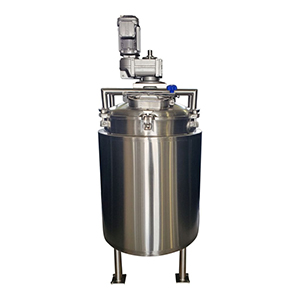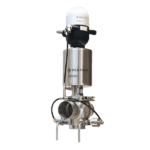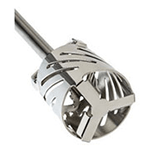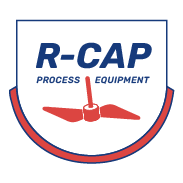PROCESSING EQUIPMENT FOR DAIRY INDUSTRY
![]()
A Look at the Dairy Industry
As more consumers seek dairy products that are both delicious and high in nutritional value, dairy manufacturers must implement safer and more efficient processes. One way to achieve this goal is by investing in high-quality dairy industry equipment.
As the industry’s leading dairy equipment supplier, R-Cap Process Equipment has the equipment you need to improve product quality and safety, maximize efficiency, and reduce costs. Keep reading to learn more about the equipment and processes used to make various dairy products.
Types of Dairy Processing
Raw Receiving
Insulated road tankers deliver raw milk to dairy processors. The team responsible for performing quality checks runs tests—such as smell, temperature, and lab tests—to make sure the product meets quality and safety standards.
Raw Storage
Raw milk is stored in large silo tanks until ready to be used. Operators monitor the temperature inside the silo tanks as well as how long the raw milk is stored in them. Knowing how much raw milk is held in tanks for how long helps operators maximize production rates while minimizing product waste.
Batching
Batching is the process of blending dry and liquid ingredients to achieve demand for the recipe and batch size. Manufacturing products such as ice cream, chocolate milk, and yogurt involves this process.
Pasteurization
Pasteurization involves destroying pathogens with heat to make food safe for consumption. High temperature short time (HTST) is the most common type of dairy pasteurization in the US.
Separation and Clarification
Separation in the dairy industry involves separating the skim from the cream to make different products. Clarification involves removing materials such as sediment and bacteria from these elements.
Standardization
Changing milk’s fat content to a predetermined value is called standardization. This process helps provide consumers with a uniform product. There are two types of standardization: Continuous standardization combines the cream and skim portions of the milk by monitoring the ingredients and changing the flows to meet certain requirements. Batch standardization blends the cream and skim portions in batch tanks. Operators perform lab testing to ensure the process is completed successfully.
Homogenization
Homogenization involves separating fat globules with high-pressure, hot milk to prevent a cream layer from forming.
Fermentation
Bacteria reproduce and ferment to create the desired product. Once the desired flavor and aroma have been achieved, the milk must cool quickly to prevent additional fermentation.
Pasteurized Storage
Pasteurization removes harmful bacteria from raw milk to make it safe for consumption. However, even pasteurized milk can make people sick if it’s not refrigerated properly, as warm milk contains more bacteria. Pasteurized milk should be stored at 36°F to 38°F.
Filling and Packaging
The milk is transferred into cartons, glasses, pouches, or bottles, which are placed into boxes or palettes for transportation from the manufacturing facility.
What Is Aseptic Dairy Processing?
Aseptic dairy processing is used to make dairy products that have a longer shelf life. This process requires UHT (ultra-high-temperature) pasteurization and aseptic conditions from beginning to end. Since products with aseptic packaging don’t need to be refrigerated, they cost less to transport and last longer once purchased.
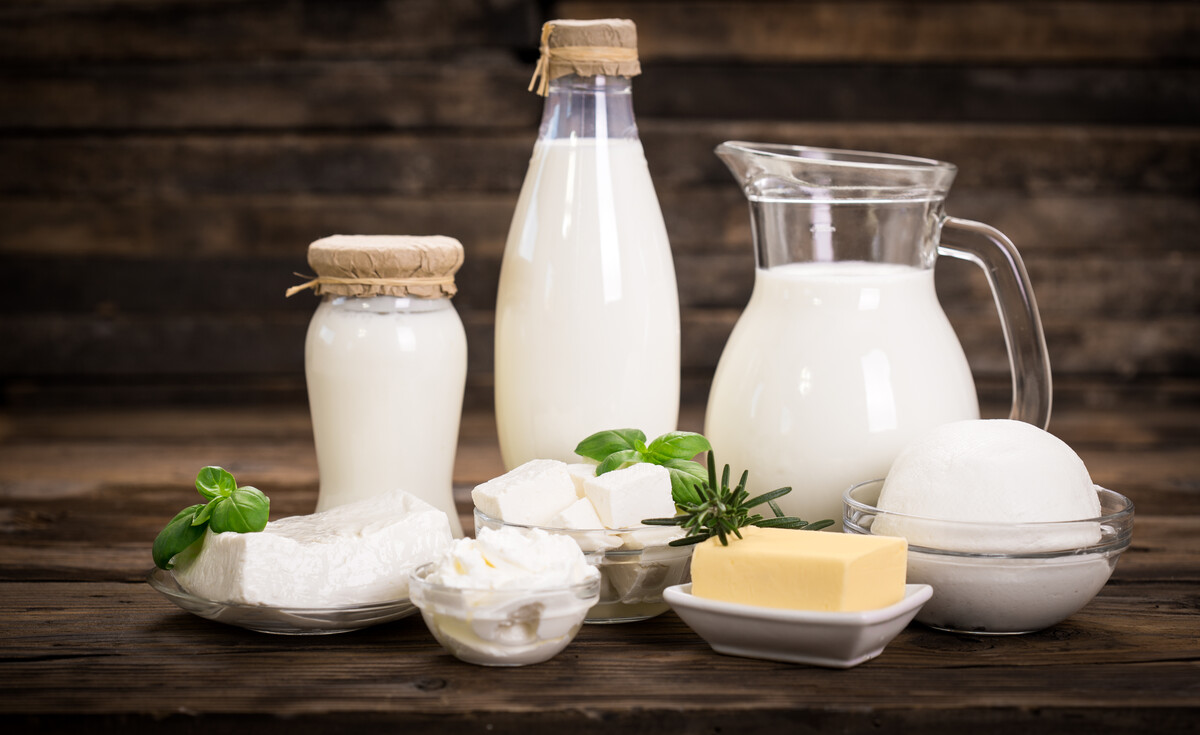
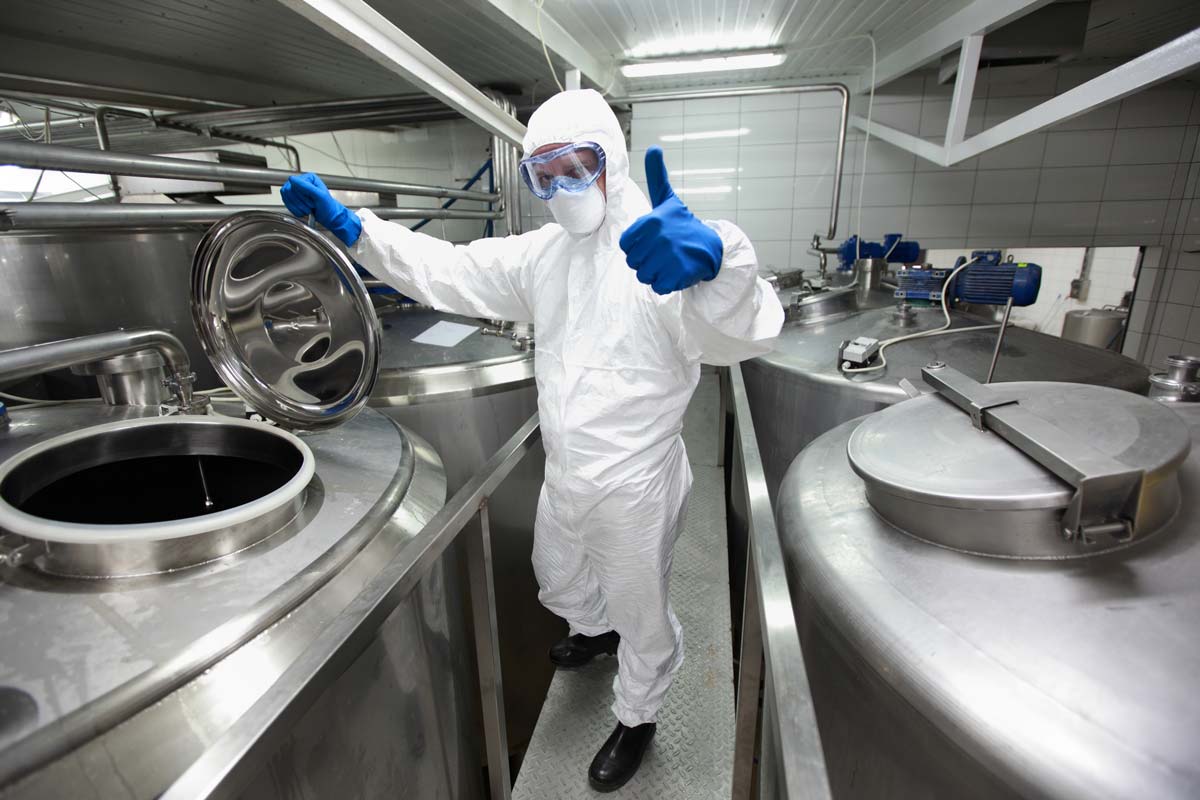
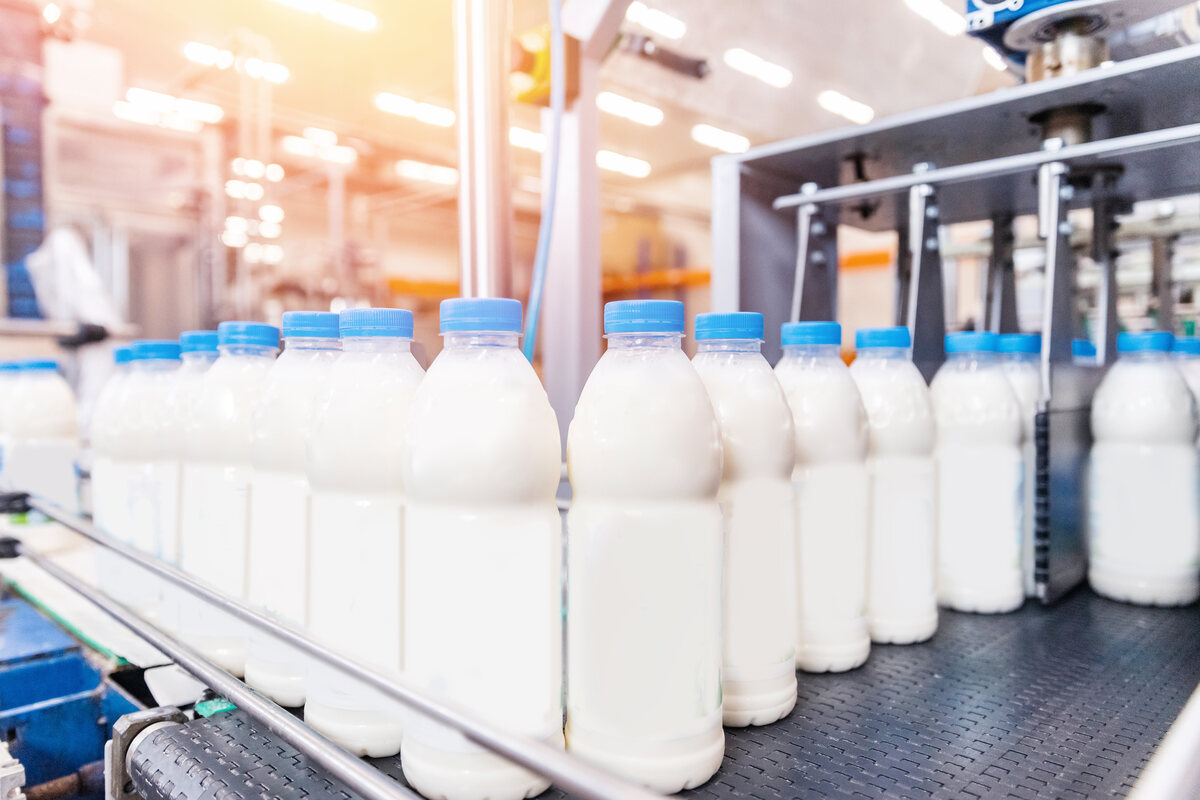
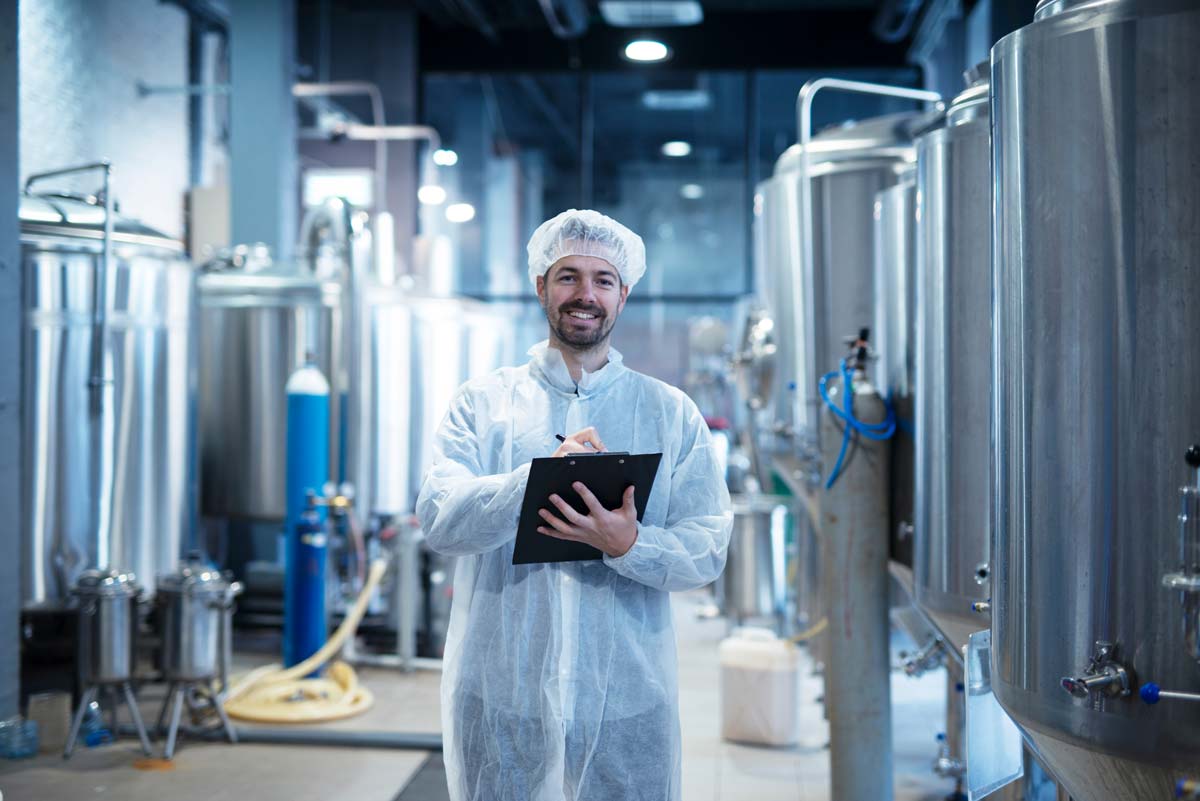
Dairy Processing Applications
Cheese
Processing spreadable and non-spreadable cheeses requires careful temperature control, efficient and uniform agitation, and precise ingredient feeding.
Processed Cheese
Spreadable cheeses are made with whey, the high-protein ingredient produced when milk is coagulated to make cheese. Since it’s processed, it has a longer shelf life.
Yogurt
This viscous product is becoming more and more popular thanks to a growing market for high-protein, on-the-go snacks. Yogurt production involves raw materials selection, standardization, mixing, thermal treatment, incubation, fermentation, smoothing, and flavor addition to achieve optimal taste, body, texture, mouthfeel, stability, appearance, and shelf life.
Milk
Milk processing equipment is used to make fresh milk and cream. The best milks and creams have great flavor, mouthfeel, nutritional value, and shelf life in addition to being safe for consumption.
Ice Cream
Taste, mouthfeel, and visual appeal are key when it comes to ice cream products. Ice cream processing involves raw material reception, standardization and mixing, thermal treatment, incubation, fermentation, smoothing, and flavor addition. A growing market for low-fat, low-sugar, and low-sodium options has helped improve manufacturing processes.
Sour Cream
Making sour cream requires a stable, high-quality cream base. You should consider agitation requirements, temperature needs, and flow demands when choosing the right processing equipment.
Beverages
Enhanced raw milk, also called functional milk, includes beverages such as liquid breakfasts, high-protein whey drinks, energy drinks, protein-fortified chocolate milk, and vitamin-enriched milk. It also includes milk that doesn’t contain lactose and other ingredients for health purposes. UHT sanitation can increase the shelf life of functional milk by up to 18 months.
Whey
Today’s consumers care about the health benefits of the products they consume. Whey, a muscle-building protein supplement, is a dairy powder that can be added to various products to enhance their nutritional value, maximize shelf life, and cut transportation costs.
Types of Dairy Processing Equipment
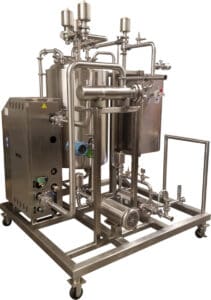
CIP (Clean-In-Place) Systems
CIP systems use water, chemicals, and heat to clean various machines and tools used in dairy processing. “Clean-in-place” means they don’t have to be moved or disassembled to be cleaned.
Things to Consider When Choosing Dairy Processing Equipment
Consider these six factors when determining what dairy manufacturing equipment you need.
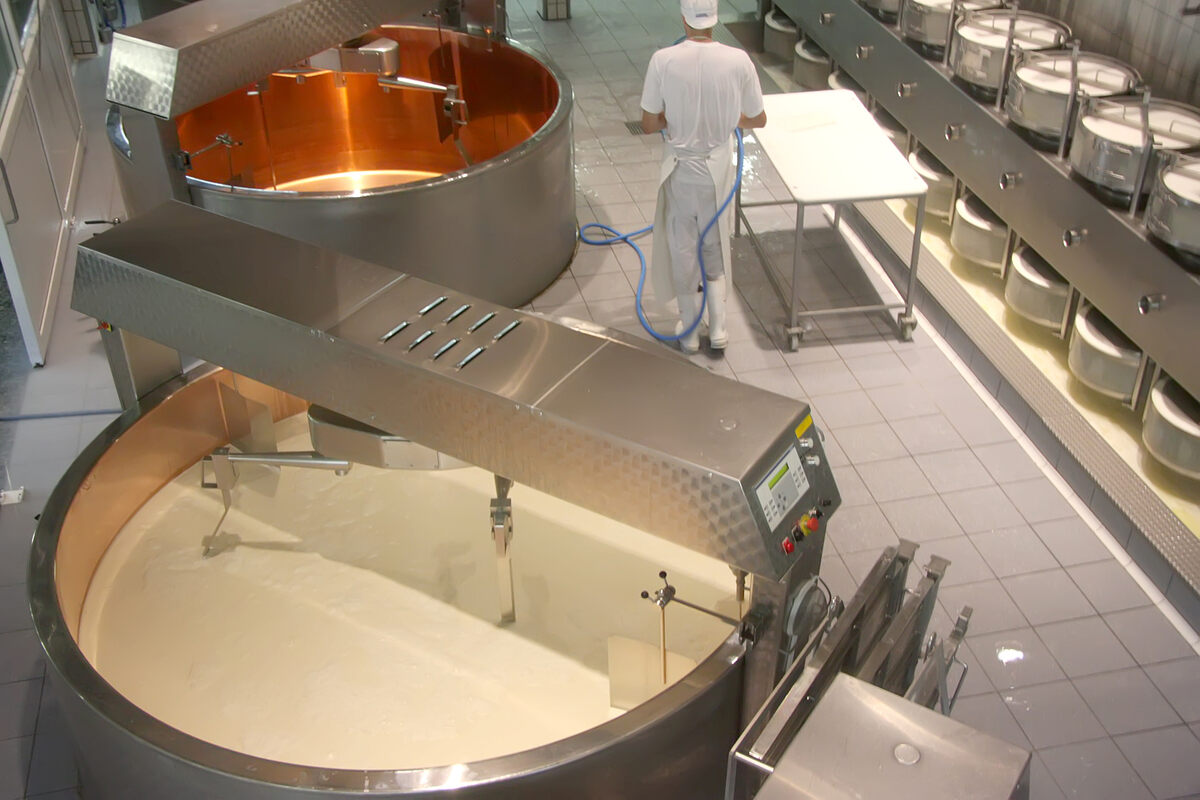
Enhance Production and Maximize Output With R-Cap
Whether you own a startup business or run an established company, R-Cap Process Equipment has the solutions you need to improve your dairy processing applications from start to finish. We can even customize your equipment to meet your unique processing needs.
When you’re looking for quality products and reliable customer support, R-Cap is the name you can trust—and we have 20+ years of experience to prove it. Contact us today to get started.
